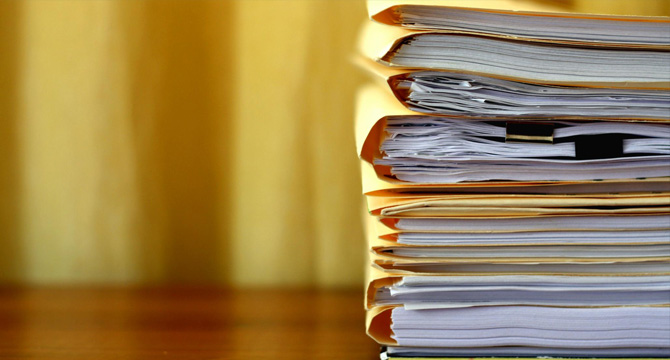
Disclosure Documents
© 2002, Dawsey Co., LPA
June 2002
The United States Patent & Trademark Office (USPTO) offers inventors a little known method of recording evidence of the conception date of an invention. This method is known as the “Disclosure Document Program.”
Purpose
The Disclosure Document Program is an additional tool that inventors may use to evidence the date of conception of an invention. It is important to note that the program does not diminish the value of the conventional, witnessed, permanently bound, and page-numbered inventor’s notebook or notarized records as evidence of conception of an invention.
Not a Patent Application
A Disclosure Document is not a patent application and can never become a patent application. Nor will the date of receipt of a Disclosure Document become the effective filing date of a subsequently filed application.
Contents & Preparation
There are no formal requirements as to the contents of a Disclosure Document. However, the adequacy of the disclosure directly affects the benefits of the document. The USPTO recommends that the document contain a clear and complete explanation of the manner and process of making and using the invention in sufficient detail to enable a person having ordinary knowledge in the field of the invention to make and use the invention. Drawings or sketches should be included in the Disclosure Document when appropriate.
The Disclosure Document must be on white letter-size (8.5″x11″) or A4 size paper, written on one side only, and each page must be numbered. Oversized paper, videotapes, and working models will not be accepted. A separate cover letter signed by the inventor must accompany the disclosure document. Additionally, the USPTO fee charged for recording a Disclosure Document is currently $10.
Destruction & Not A Grace Period
Disclosure Documents will be kept confidential by the USPTO for two years following their filing after which they will be destroyed unless referred to in a separate letter in a related patent application filed within the two year period. While the USPTO retains Disclosure Documents for two years this period is not a grace period during which the inventor can wait to file a patent application without the possible loss of benefits. Additionally, filing a Disclosure Document may have implications on the validity of later filed foreign patents. Inventors should consult a patent attorney to ensure that important rights are not lost.
Nothing Without Diligence
Lastly, establishing a date of conception is worthless if the inventor is not diligent in reducing the invention to practice. An inventor that is not diligent in reducing an invention to practice will not be able to use the date of conception to antedate prior art or in an attempt to invalidate third party patents. Please see this month’s article on diligence for further information on that subject.
